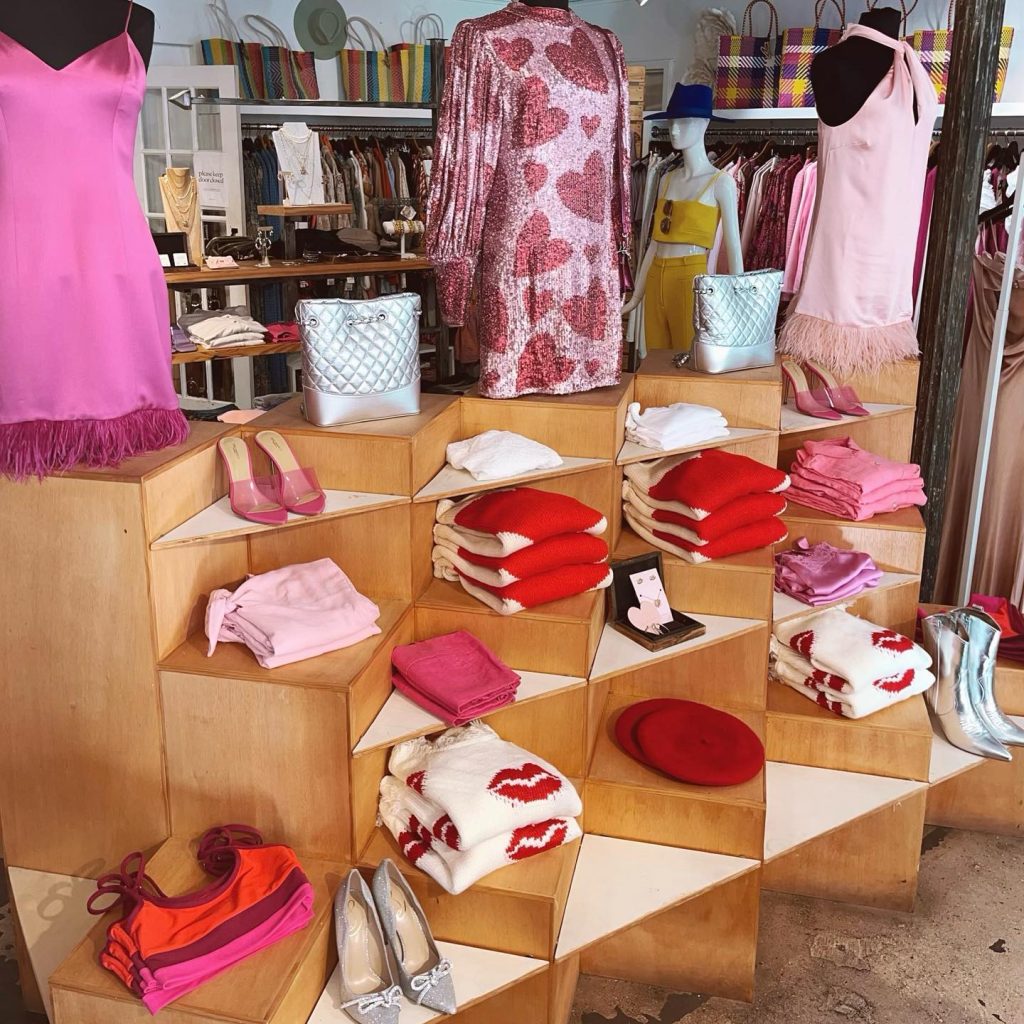Check Out the most recent Trends in Boutique Fashion for each Period
Check Out the most recent Trends in Boutique Fashion for each Period
Blog Article
Exploring the Development and Influence of Clothes on Modern Fashion Trends
The development of clothing has substantially affected modern-day fashion trends, merging historical precedents with cutting-edge innovations. Legendary figures like Coco Chanel and Yves Saint Laurent changed the fashion market by introducing principles that prioritize convenience and availability, which proceed to reverberate today.
Historic Fashion Influencers
In the tapestry of fashion background, specific numbers have left an indelible mark, forming the trends and designs that define whole eras. Coco Chanel, an advanced designer, redefined females's fashion by presenting comfortable, elegant clothing that left from restrictive corsets.
Elsa Schiaparelli is one more critical number, renowned for her progressive designs that included surrealist art, working together with Salvador Dalí to produce wayward items that tested standard aesthetic appeals. Her cutting-edge use of shade and strong patterns reverberates in contemporary style. Yves Saint Laurent, on the other hand, equalized high style with prêt-à-porter collections, bringing runway styles to the masses and setting a criterion for modern ready-to-wear lines.
These visionaries, to name a few, not just changed fashion in their times yet additionally set sustaining patterns that resonate in today's garment industry, supplying a structure whereupon modern-day developers remain to innovate and build. Their legacies underscore the value of creative thinking and bold in fashion's ever-evolving narrative.
Technological Improvements in vogue
Among the dynamic landscape of the garment industry, technical innovations stand at the leading edge of development, reshaping exactly how designers produce and customers involve with style. The assimilation of 3D printing has actually revolutionized design processes, allowing designers to try out complex frameworks and sustainable products that were previously unthinkable. This innovation helps with quick prototyping, decreasing waste and quickening manufacturing times.

Smart textiles, installing innovation right into textiles, are likewise changing the sector. Advancements like self-cleaning and temperature-regulating materials supply improved capability and comfort. Wearable technology, incorporating functions like health and fitness tracking and interaction, adds a new measurement to fashion, merging appearances with usefulness.
Cultural Shifts and Design
As technical developments continue to improve the garment industry, cultural changes are just as prominent, redefining style and consumer choices. In recent years, the rise of social networks platforms has increased the dissemination of global style patterns, enabling varied cultural impacts to exist side-by-side and merge. This digital interconnectivity has promoted the quick exchange of ideas, resulting in a much more eclectic and inclusive interpretation of style that mirrors the complex nature of modern-day culture.
Social understanding and gratitude have prompted developers to draw motivation from a more comprehensive spectrum of historical and ethnic contexts, incorporating typical concepts with contemporary looks. This combination has resulted in style that reverberates with a wider audience, advertising a sense of identity and belonging across various demographics. In addition, the enhancing demand for personalization has driven brands to provide personalized choices, enabling customers to reveal individuality while mirroring their social heritage.
Furthermore, moving social worths have actually influenced fashion, with inclusivity and variety becoming main motifs. The market has actually started to welcome models and influencers of various body kinds, ethnic cultures, and sex identities, tough conventional beauty criteria. This transformation underscores the power of social changes in shaping the future of fashion, as design ends up being an extra authentic expression of collective and individual identity.
Sustainability and Modern Style
While the fashion sector continues to progress, my sources the important for sustainability has ended up being progressively immediate, influencing contemporary style methods. The increase of slow fashion, which highlights quality over quantity, encourages customers to spend in classic items rather than transient trends.
Additionally, modern design is characterized by its innovation in decreasing waste and advertising circularity. Methods such as zero-waste pattern cutting and 3D knitting are getting traction, allowing developers to develop garments with very little material wastage. Additionally, brand names are embracing transparent supply chains, ensuring liability and cultivating consumer trust. This strategy not only reduces environmental influence however also boosts the social obligation of fashion residences.

Future Trends in Fashion

Sustainability will proceed to be a driving force in shaping future style fads. The sector is progressively embracing environmentally friendly products and honest try these out manufacturing techniques, reacting to an expanding consumer demand for responsible methods. Innovations such as bio-fabricated products and closed-loop recycling systems are set to redefine exactly how clothing is created and eaten, decreasing ecological impact while preserving design and high quality.
Social shifts, consisting of the surge of inclusivity and diversity, will certainly additionally play a critical duty. As society ends up being extra aware of social problems, style is expected to become a system for expression and adjustment. Designers will likely focus on developing collections that reflect a wider series of identifications and experiences, championing representation and access.
Conclusion
The development of clothes considerably impacts modern fashion trends, where historic impacts combine with contemporary designs. This ongoing evolution emphasizes style's function as a mirror to societal values and technical innovation, suggesting a future rich with innovation and inclusivity.
The advancement of apparel has actually substantially influenced modern-day style patterns, merging historic criteria with advanced innovations.Among the dynamic landscape of the fashion click to read more sector, technological advancements stand at the center of advancement, reshaping just how developers create and customers engage with style.While the style industry proceeds to develop, the crucial for sustainability has become progressively urgent, affecting modern layout methods. As sustainability comes to be embedded in modern style, it paves the method for a more conscious and accountable fashion market.
The development of clothing substantially impacts contemporary fashion patterns, where historic influences combine with contemporary layouts.
Report this page